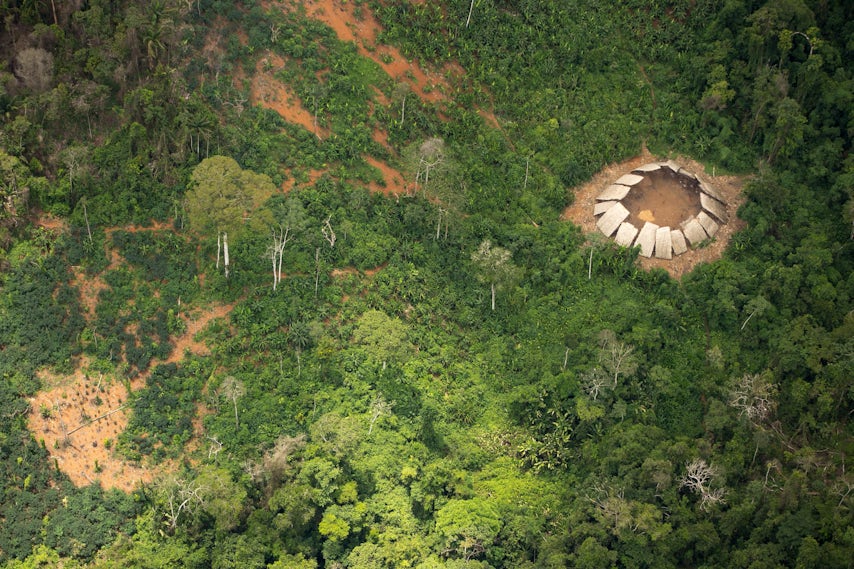Architects: Showcase your work and find inspiration for your next project through Architizer and enter the One Drawing Challenge for a chance to win $2,500!
The world is getting smaller. With lower barriers to trade and mobility, people on disparate sides of the globe now share pop culture, news sources and, of course, building practices.
Amid this cultural fluidity, it is sometimes easy to lose track of those pockets of humanity that exist outside that vast, integrated network of goods, capital and information that journalists simply call “the world.” While communities that forego contact with the outside world are a rarity, some still exist. These groups tend to have different conceptions of basic ideas like family, property and authority than the vast majority of humankind, which is why studying them can be so profitable.

Take the Yanomami people of the northern Amazon. The Yanomami population consists of about 35,000 people living in about 250 villages dispersed on either side of the Brazil-Venezuela border. Despite their sizable numbers and geographic footprint, the Yanomami have preserved their traditional way of life, engaging with local government authorities only when necessary.
Recently, images have emerged of a particularly isolated Yanomami village, a community of around 100 people that is thought to have had no contact with the outside world at all. Like most Yanomami villages, the residents here all live in a communal structure called a shabono. The shabono consists of a series of thatched roofs pitched in the fashion of a “lean-to,” one of the most basic forms of shelter. The lean-tos are arranged in a circle and open onto communal space.

According to a report in The Telegraph, each individual section of the shabono belongs to a different family. However, their inward orientations, facing a shared space, reveal the importance of community to the Yanomami. The relationship between public and private space seen in the shabono could not be more different than what one finds in an American city or suburb, where structures are intended to ensure privacy and enclosure. Like all great architects, the Yanomami create buildings that manifest their values.
Unfortunately, the Yanomami’s way of life is currently under siege by gold miners whose practices contaminate the Yanomami’s food and water supplies and encroach on their land. Despite the fact that the Yanomami’s land is protected by various government orders, these are often not enforced, allowing the miners to return “like termites,” according to Yanomami leader Davi Kopenawa.

Whatever the future holds for the Yanomami, the fact that their way of life has continued, unabated, through the centuries says something about their resilience. Architects and urban planners can only benefit from taking a close look at this group and others whose building paradigms depart from what has become the global norm.
Architects: Showcase your work and find inspiration for your next project through Architizer and enter the One Drawing Challenge for a chance to win $2,500!
All images via the Telegraph









